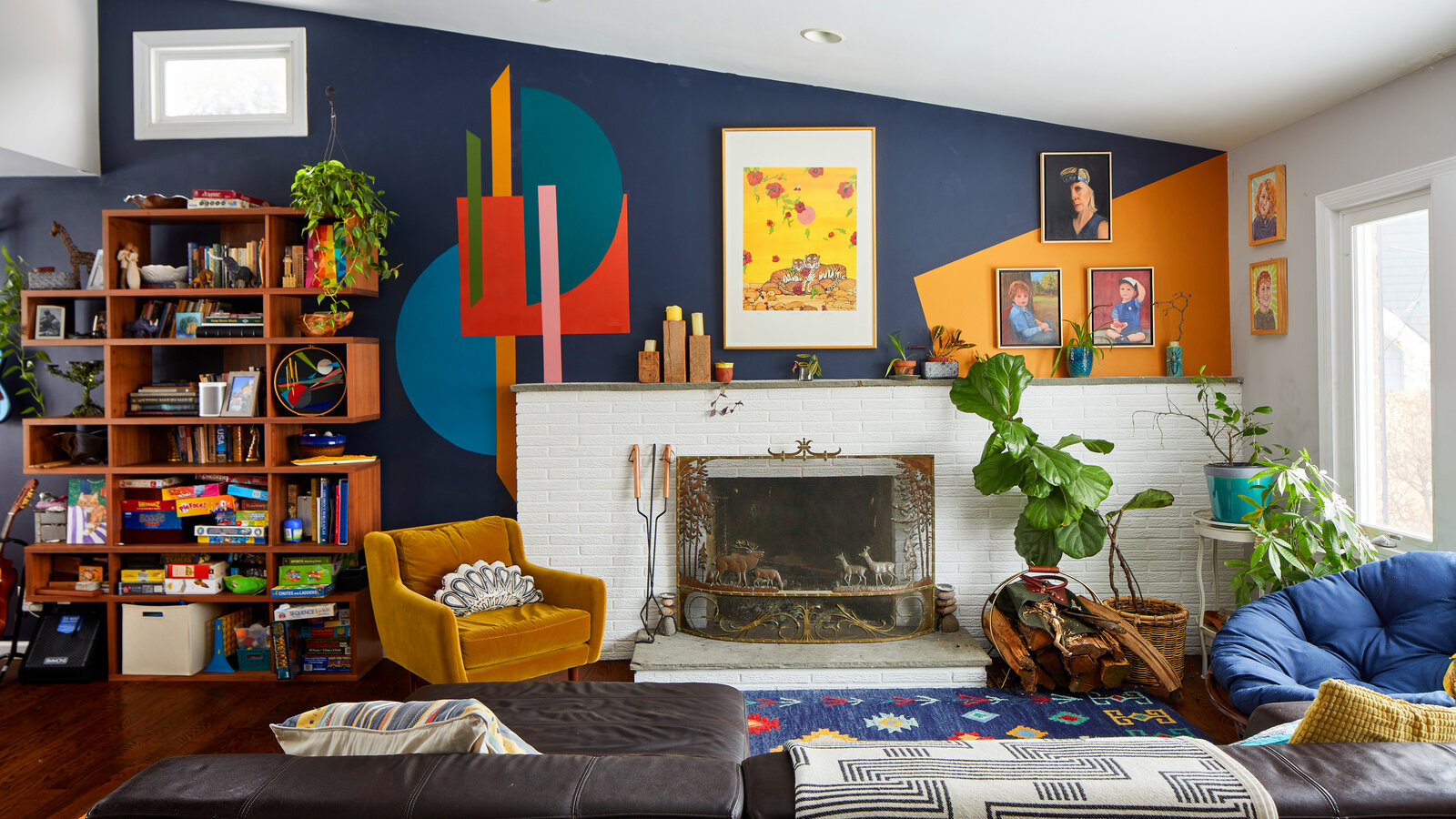
Building a home aviary can be an exciting and rewarding project for bird lovers. It provides birds with a spacious environment that closely mimics their natural habitat, promoting healthier and happier lives for your feathered friends. Whether you’re planning to house exotic parrots or native songbirds, here are some steps to help you build a perfect home aviary.
Firstly, it’s crucial to decide on the type of aviary you want to build: indoors or outdoors? An indoor aviary allows for climate control and protection from predators but may limit the size of your structure. On the other hand, an outdoor aviary gives your birds more space and exposure to sunlight but requires additional safety measures against predators and adverse weather conditions.
Once you’ve decided on the location, plan out the size of your aviary carefully. The size should accommodate all your birds comfortably while also allowing them enough room to fly freely. As a general rule, larger is always better when it comes to designing an aviary. Not only will this give your birds ample space for flight, but it will also provide plenty of room for perches, toys, feeding stations, and nesting areas.
The next step involves choosing suitable materials for construction. Galvanized steel wire mesh is commonly used due to its durability and resistance against rusting. For framing materials like wood or metal can be used depending upon personal preference; however, if using wood ensure that it hasn’t been treated with harmful chemicals as these could potentially harm your birds.
When constructing the frame of your aviary make sure it’s sturdy enough not just support weight but withstand elements too if placed outside. Attach wire mesh securely onto frame ensuring there are no sharp edges exposed which could injure birds.
Your design must include a secure door mechanism that prevents any chance of escape while entering or exiting the enclosure. Additionally consider incorporating a double-door system (also known as airlock) wherein one door must be closed before the other can be opened, ensuring birds cannot fly out when you enter.
Inside the aviary, provide a variety of perches at different heights and thicknesses to encourage natural behaviors like hopping and flying. Install nest boxes for breeding species and ensure there are plenty of toys to keep your birds mentally stimulated.
Lastly, regular maintenance is key to keeping your home aviary in top condition. This includes cleaning feeders, water containers, replacing worn-out toys and perches, as well as regularly checking for any signs of damage or wear on the structure itself.
Building a home aviary requires planning and effort but seeing your birds thrive in their new environment makes it all worthwhile. With these guidelines in mind, you’re now ready to create a safe and stimulating haven for your feathered friends right at home!
